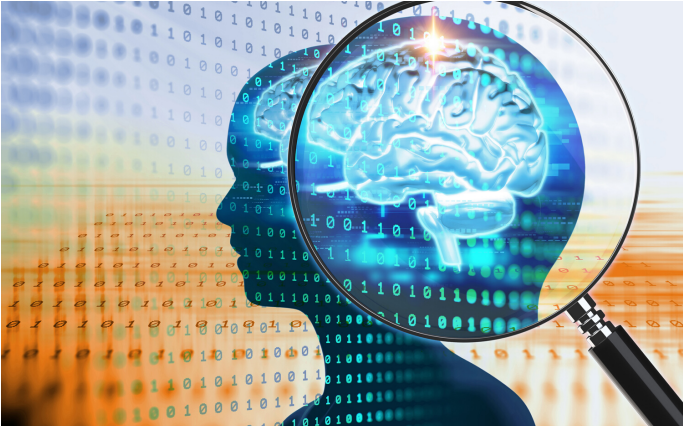
Magnetic resonance imaging (MRI) is a non-invasive neuroimaging technique that can capture both structural and functional aspects of neuroactivity. Different sequences of structural MRI can emphasize aspects of physiological features within in the brain important to the aims of a study, for example, gray matter and white matter tract density, cortical thickness, and blood flow to various areas of the brain. T1-weighted and T2-weighted images are the most often collected structural images used in neuroimaging studies. Both offer different forms of contrast between the types of tissues. Another example of structural imaging is diffusion weighted imaging (DWI), which studies directional water molecule diffusion and can provide imaging of the white matter tracts and their directionality.
Functional magnetic resonance imaging (fMRI) specifically refers to the use of MRI for measuring functional activity in the brain while completing tasks related to experiments, or, in the case of resting state fMRI, where focus is undirected to studying the resting/default mode network activity in the brain. In most fMRI research, what we call activations are actually a measure of the brain’s metabolic activity, use of oxygen and blood flow, which we call the blood oxygen level dependent signal.

When performing structural scans of the brain, precise, high-resolution images are taken, however fMRI uses this same technology to take rapid fire volumes (full images of the brain at a point in time). Because of the speed required and sheer volume of the data that is collected, fMRI images appear blurry and require specific preprocessing steps (discussed later in this booklet) in order to be properly analyzed. For example, even when structural traits are not a focus of an fMRI study, T1 images are obtained and used to register with the functional images in order to aid localization of activated areas.
fMRI has limitations that make pairing it with other complimentary modalities lucrative. While fMRI’s strengths lie in localization of neural activation, due to the nature of the modality, it is not as clear exactly when an activation occurred, and thus its weaknesses are temporal in nature. Because of this limitation, some studies have paired fMRI with EEG when timing aspects of an experiment are of importance. Those considering utilizing EEG along with fMRI should consult our guide Working with EEG Data.
When performing structural scans of the brain, precise, high-resolution images are taken. fMRI uses this same technology to take rapid fire volumes (full images of the brain at a point in time). Because of the speed required and sheer volume of the data that is collected, fMRI images appear blurry and require specific preprocessing steps (discussed later in this booklet) in order to be properly analyzed. For example, even when structural traits are not a focus of an fMRI study, T1 images are obtained and used to register with the functional images in order to aid localization of activated areas.
Both an exhaustive exploration of the physics involved in MRI and an in-depth description of the mechanisms measured by MRI/fMRI are beyond the scope of this booklet. Many excellent resources on these particular topics can be found at the end of the guide. What we intend to offer in this booklet is guidance for understanding and managing of data related to these studies. It is aimed at the new beginner who perhaps has just been given access to an existent dataset and is struggling to understand what the different file types represent. It is also aimed at helping new researchers at UiO to understand what software, storage and analysis options are available to them and the data management issues common to this particular modality.